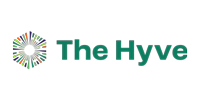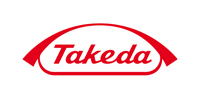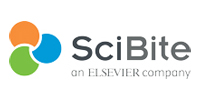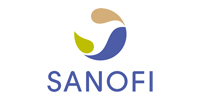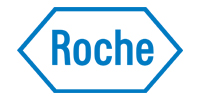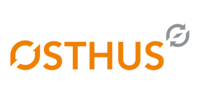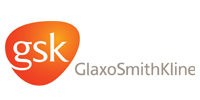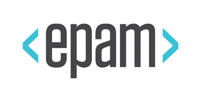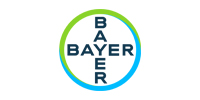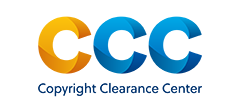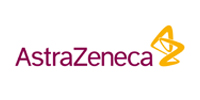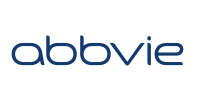WHAT IS IN THE FAIR TOOLKIT?
- Why FAIR data matters for Life Science industry
- Use cases to exemplify the benefits of FAIR implementation by Life Science industry
- How-to methods for FAIR tools, training and change management
- Tips for Life Science industry and links to relevant resources
WHO IS THE FAIR TOOLKIT FOR?
- Data Stewards
- Laboratory Scientists
- Business Analysts
- Science Managers
Find out how AstraZeneca deploy a policy for identifiers to construct a FAIR infrastructure across the enterprise.
- A Uniform Resource Identifiers (URI) policy for the enterprise
- A pilot server for persistent URIs
Hear more about Roche’s ‘learning-by-doing’ FAIRification efforts
- Lessons learned from FAIRification of clinical data for Ophthalmology, Autism, Asthma and COPD
- Set up integrated end-to-end process for curation workflows for prospective studies
Enabling transformationless data integration and automated FAIR Assessment
- Provision of a FAIR data catalog for data discovery and data access.
- Implementation of a FAIR end-2-end data management value chain for data sets offering transformation-less data integration.
- Application of FAIR principles not only to data but also application and API development.
Discover how these interactive events, guided by experts in data management, can provide a learning experience to improve the FAIRness of data brought by the participants.
- Practical “hands-on” training to evaluate and make data more FAIR
A Data Management Plan documents the specific attributes expected for your FAIR objectives.
- Prepare the Data Management Plan as early as possible
Find out more >
Find out how to apply the FAIR Maturity Indicators to measure the FINDABILITY of the data and metadata.
- Findability of data is compared with your FAIR objectives to identify and make improvements in an iterative manner
CREATED BY LEADING LIFE SCIENCE ORGANISATIONS
